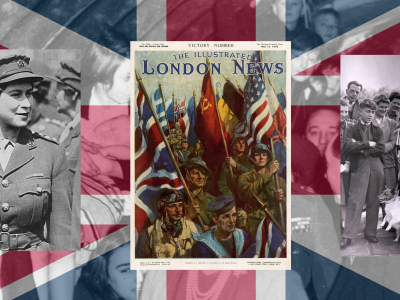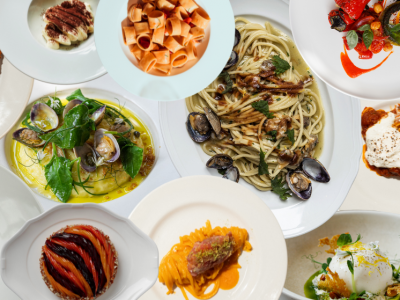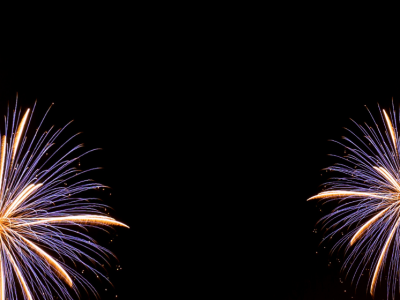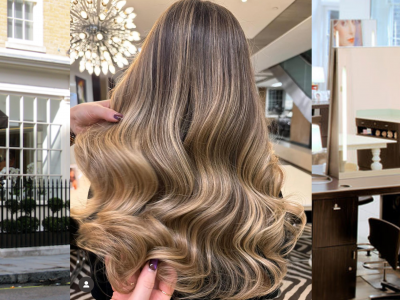Victory in Europe Day, or VE Day, marks the moment on the 8th May 1945 when the guns fell silent across the continent after nearly six years of conflict. Tomorrow marks 80 years since this day, and as we celebrate the anniversary up and down the country, Coryne Hall digs through the ILN archives and takes us back through time in this feature from the latest issue of The Illustrated Royalty in Britain. As news of the end of the Second World War in Europe began to trickle out, people thronged the streets of London – and two young princesses were among the crowds.
A Nation Celebrates the 80th Anniversary of VE Day
7th May 2025
This week marks the 80th anniversary of VE Day, and as the nation celebrates, Coryne Hall takes us back to the 8th of May 1945 in this feature from the latest issue of The Illustrated Royalty in Britain.
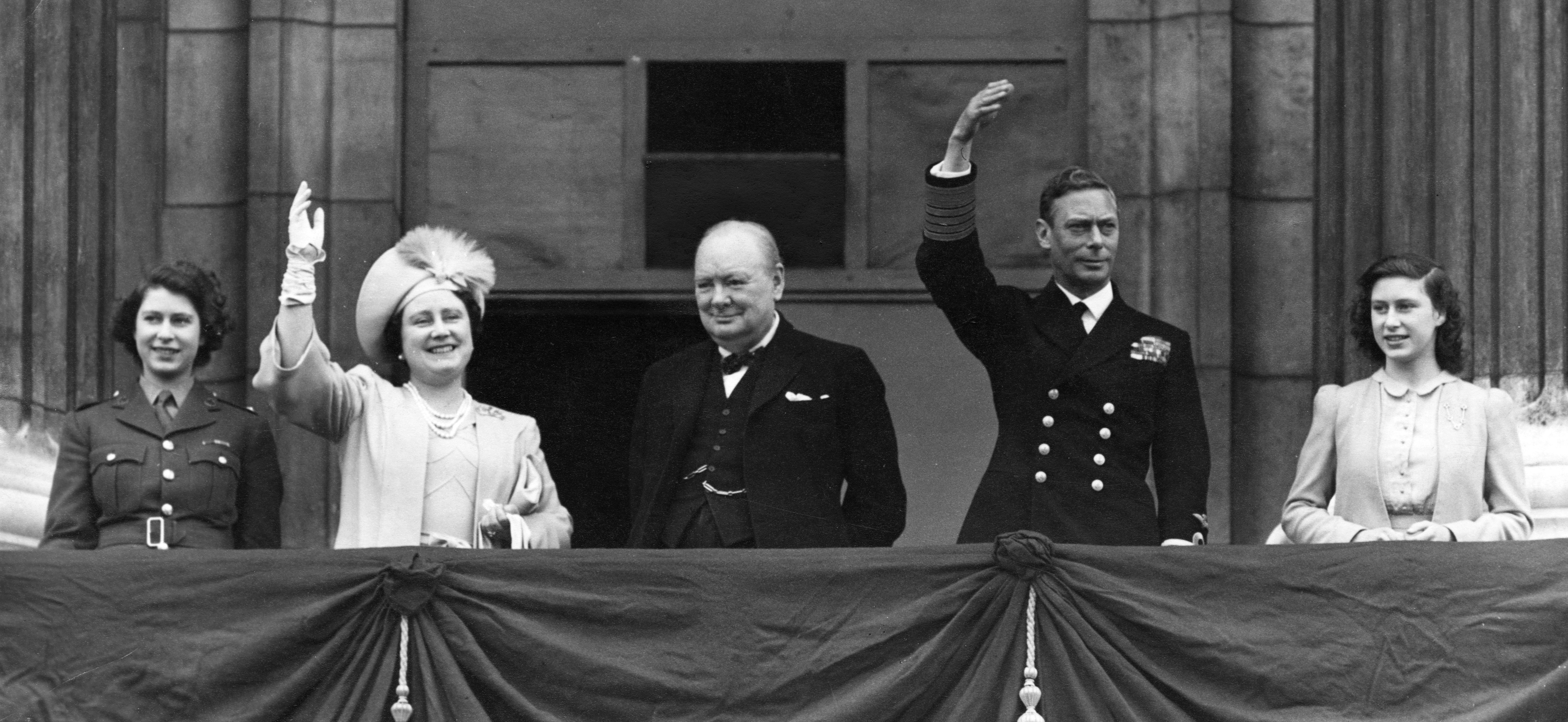
Events in Honour of the 80th Anniversary of VE Day
Four days of events have been planned to commemorate the 80th Anniversary of VE Day.
On Monday the 5th May, The Cenotaph was draped with Union Flags and will remain for the duration of the four-day period. A procession from Whitehall to Buckingham Palace also took place followed by a flypast of historic and modern military aircraft, including the Red Arrows.
Yesterday, on Tuesday the 6th May, the ceramic poppies that were first ‘planted’ at the Tower of London to mark the anniversary of the First World War made their return.
On Wednesday the 7th of May, sound will fill Westminster Hall with a VE Day anniversary concert.
On Thursday the 8th of May, a thanksgiving service at Westminster Abbey, and, concluding the four days, a concert in Horse Guards Parade will take place.
In all of these events, The Royal Family is expected to play key roles, With The King leading senior royals in a commemoration at the Cenotaph.
Find out more about celebrations across the UK via ve80.com
The Story of VE Day, 80 Years On
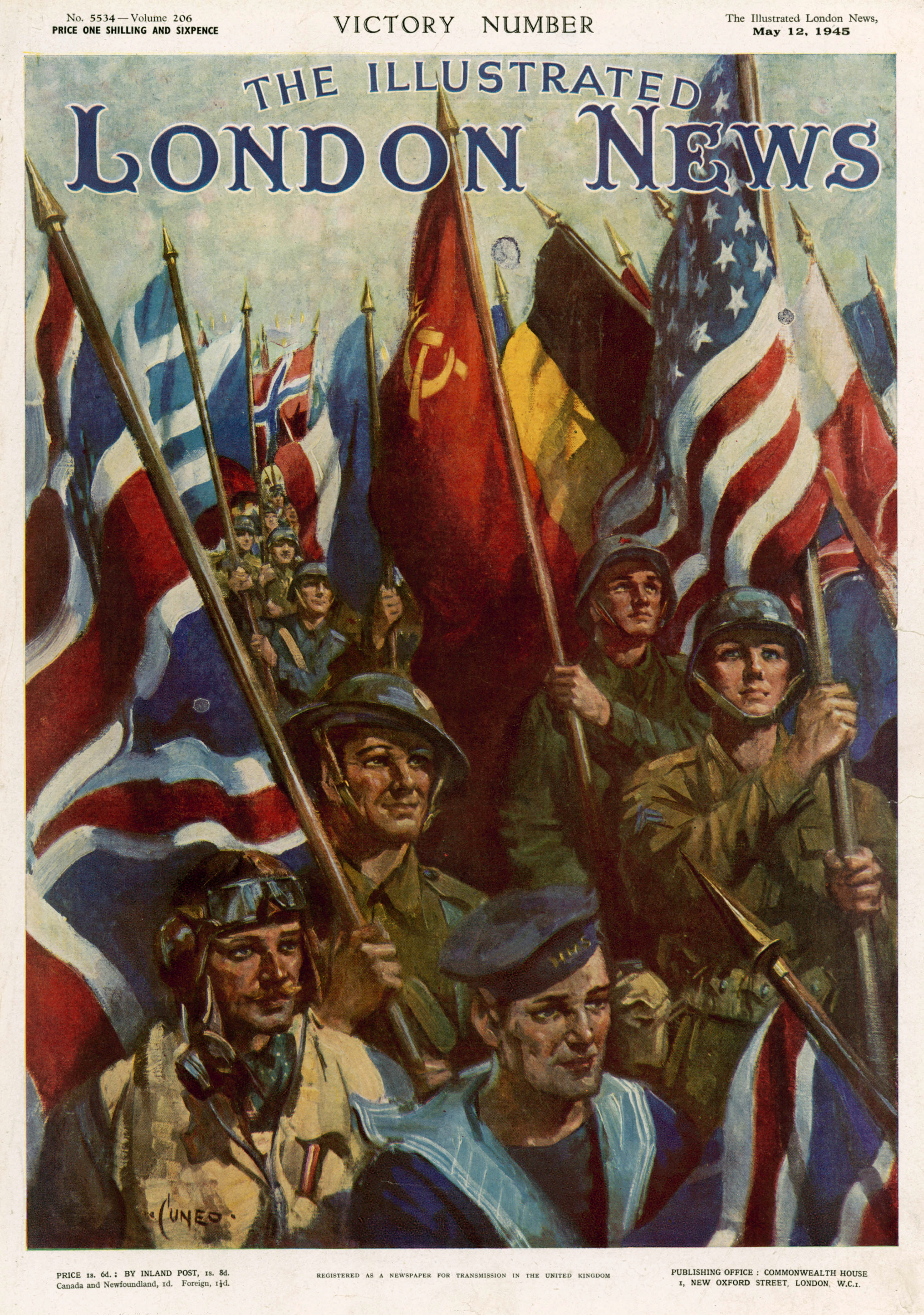
Eighty years ago, on 8 May 1945, Britain celebrated VE Day as Europe emerged from Nazi tyranny. The breakthrough came the previous June when the Allies landed in Normandy. Paris was liberated in August and by October the Germans had been driven from France, Belgium and the southern Netherlands. As the Russians closed in, Hitler committed suicide on 30 April 1945. On 2 May, the Russians took Berlin and the German armies in Italy, Holland, Denmark and north-west Germany then capitulated.
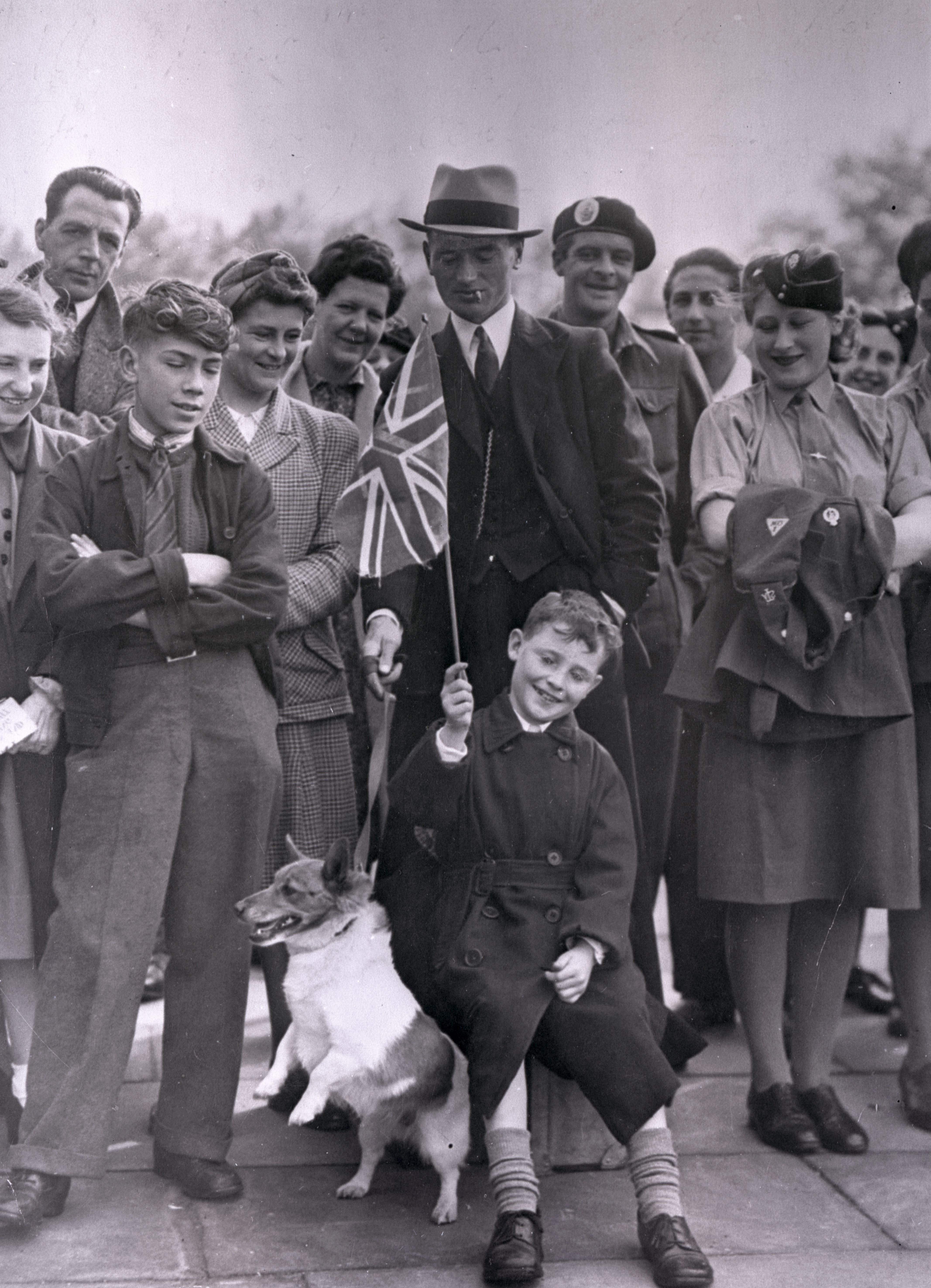
Five years earlier, as Hitler’s armies swept through Europe and other monarchies fell, King George VI and Queen Elizabeth played an essential role. In 1940, after the fall of France, Britain faced a very real threat of invasion. The King and Queen remained in London, returning to Windsor Castle to sleep. They had already sent their daughters, 13-year-old Princess Elizabeth and nine-year-old Princess Margaret, to Windsor with their governess. It was also considered safer for George’s mother, Queen Mary, to leave London, so the 72-year-old matriarch went to Badminton House in Gloucestershire, home of her niece, the Duchess of Beaufort.
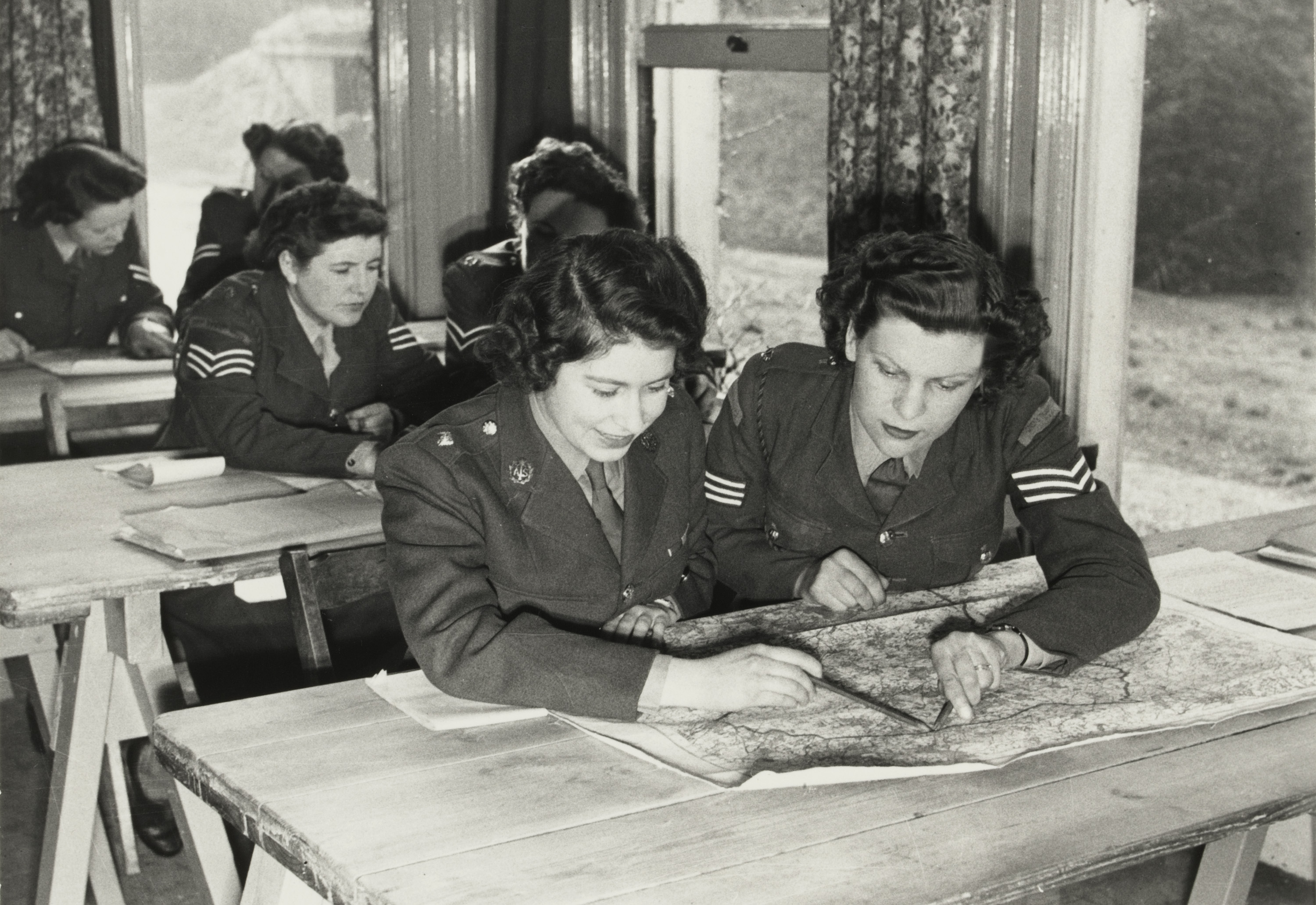
With her went more than 70 pieces of personal luggage and, to the dismay of the Duchess, 63 members of staff from Marlborough House, plus their dependants. The imposing Queen found country life strange, but soon settled in. “So that’s what hay looks like!” she remarked, standing in a field in her ankle-length coat and skirt, complete with formal gloves, earrings and characteristic brimless toque hat. Soon she was collecting scrap metal for the war effort (no plough or field implement was safe) and organising ‘wooding parties’ to strip ivy from walls, buildings and trees. She refused to join her brother Lord Athlone in Canada or seek safety at Windsor.
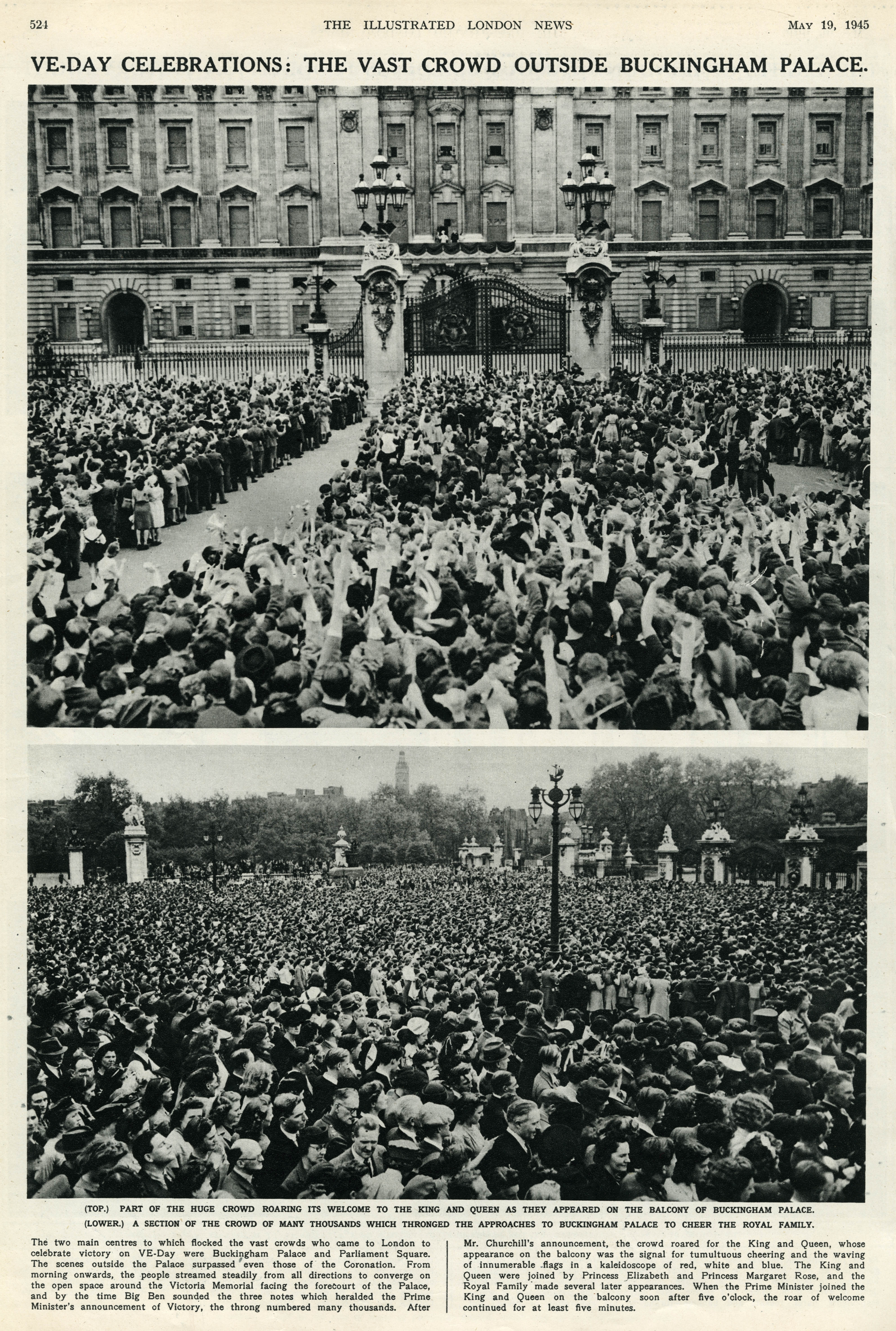
The King now had to balance his monarchical duties with those of a wartime sovereign, visiting troops at home and abroad and raising morale. When London and other cities were hit in the Blitz, The King and Queen toured bombsites and moved among the people, King George in uniform, Queen Elizabeth in muted blue, pink and lilac that stood out among the debris. Although she was commander-in-chief of several women’s regiments, she was never seen in uniform. “If the poor people had come to see me they would have put on their best clothes,” she maintained.
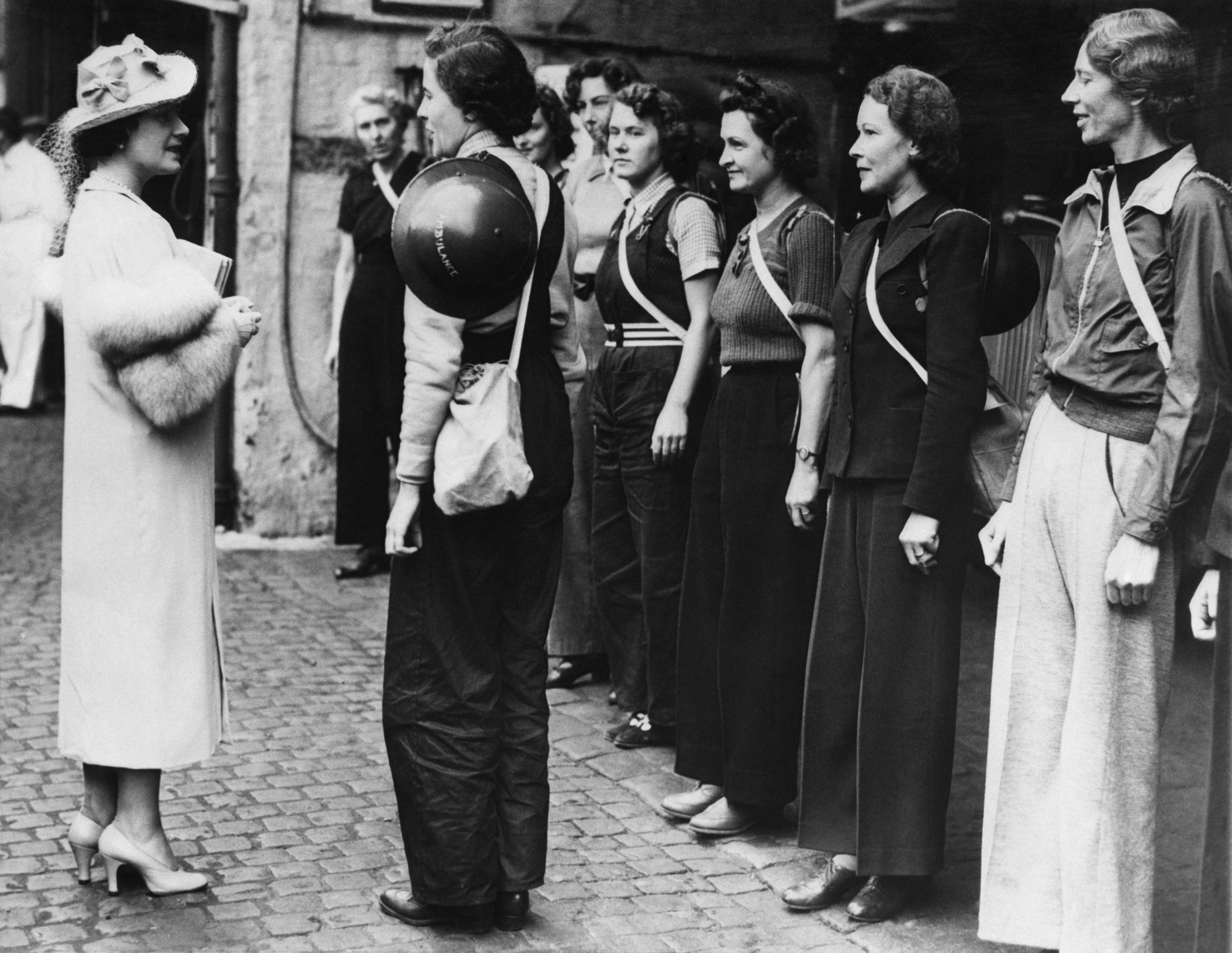
The East End of London was particularly badly hit, The King writing to Queen Mary that the people “are quite marvellous in the face of adversity … some have had very narrow escapes”. The King and Queen had a narrow escape themselves on 13 September 1940. They were in a sitting room at Buckingham Palace when they “heard an aircraft making a zooming noise above us, saw 2 bombs falling past the opposite side of the Palace, & then heard 2 resounding crashes as the bombs fell in the quadrangle about 30 yards away”, King George recorded. They ran out into the passage, wondering why they had not been killed.
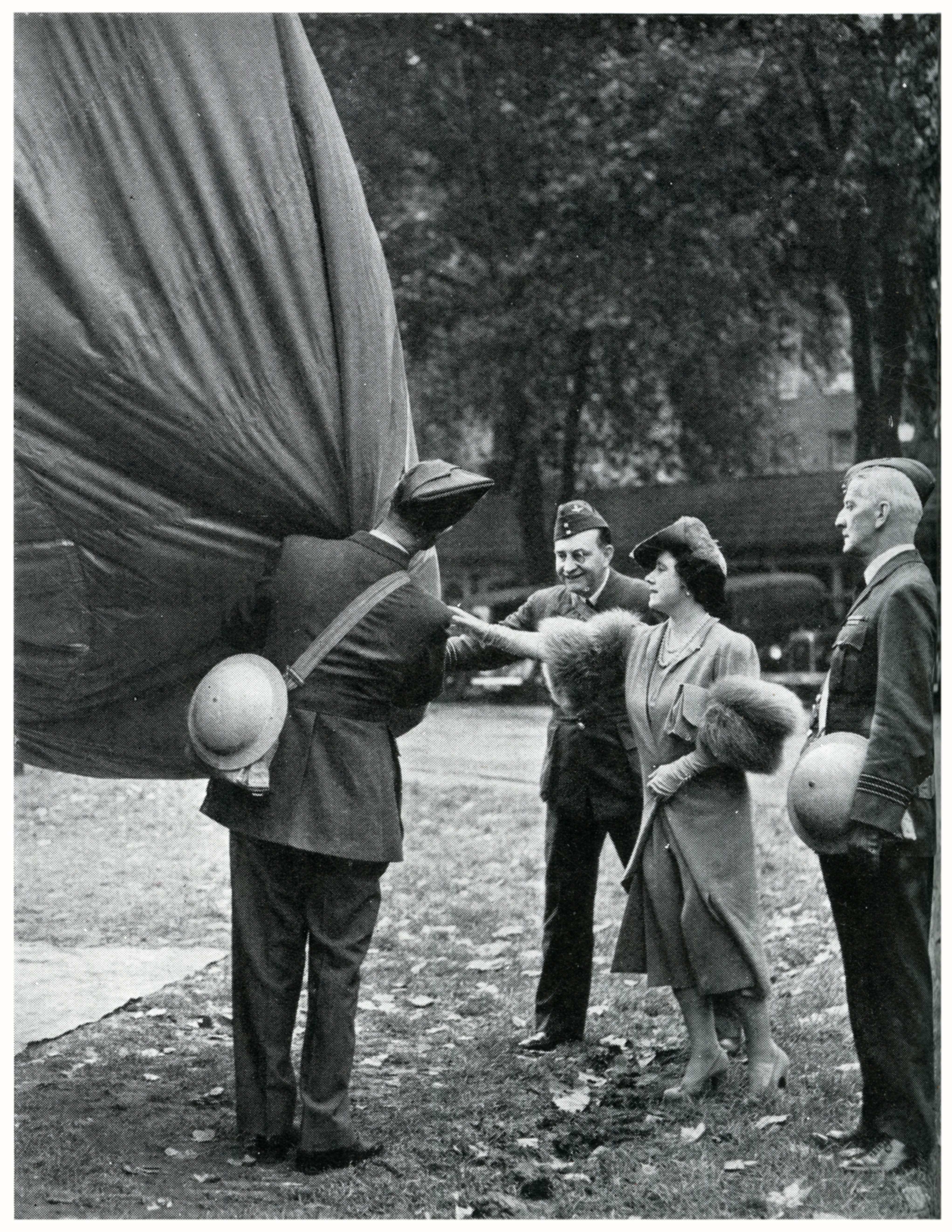
Victory in Europe Day, or VE Day, marks the moment on the 8th May 1945 when the guns fell silent across the continent after nearly six years of devastating conflict. Tomorrow marks 80 years since this day, and as we celebrate the 80th Anniversary of VE Day up and down the country, Coryne Hall digs through the ILN archives and takes us back to that time. As news of the end of the Second World War in Europe began to trickle out, people thronged the streets of London – and two young princesses were among the crowds.
The Queen later commented that she was glad they had been bombed. “Now I can look the East End in the face,” she famously said. Altogether, the palace was bombed nine times and the private chapel was destroyed. The King’s sister, Princess Mary, Countess of Harewood, became commandant of the West Riding Auxiliary Territorial Service (ATS) in 1941, making radio appeals to women to enlist, inspecting units and attending conferences. She was commandant-in-chief of the British Red Cross and controller of the West Riding Territorial Service. She visited RAF station hospitals, military commands, Commonwealth regiments and bomb-damaged towns in the north of England.
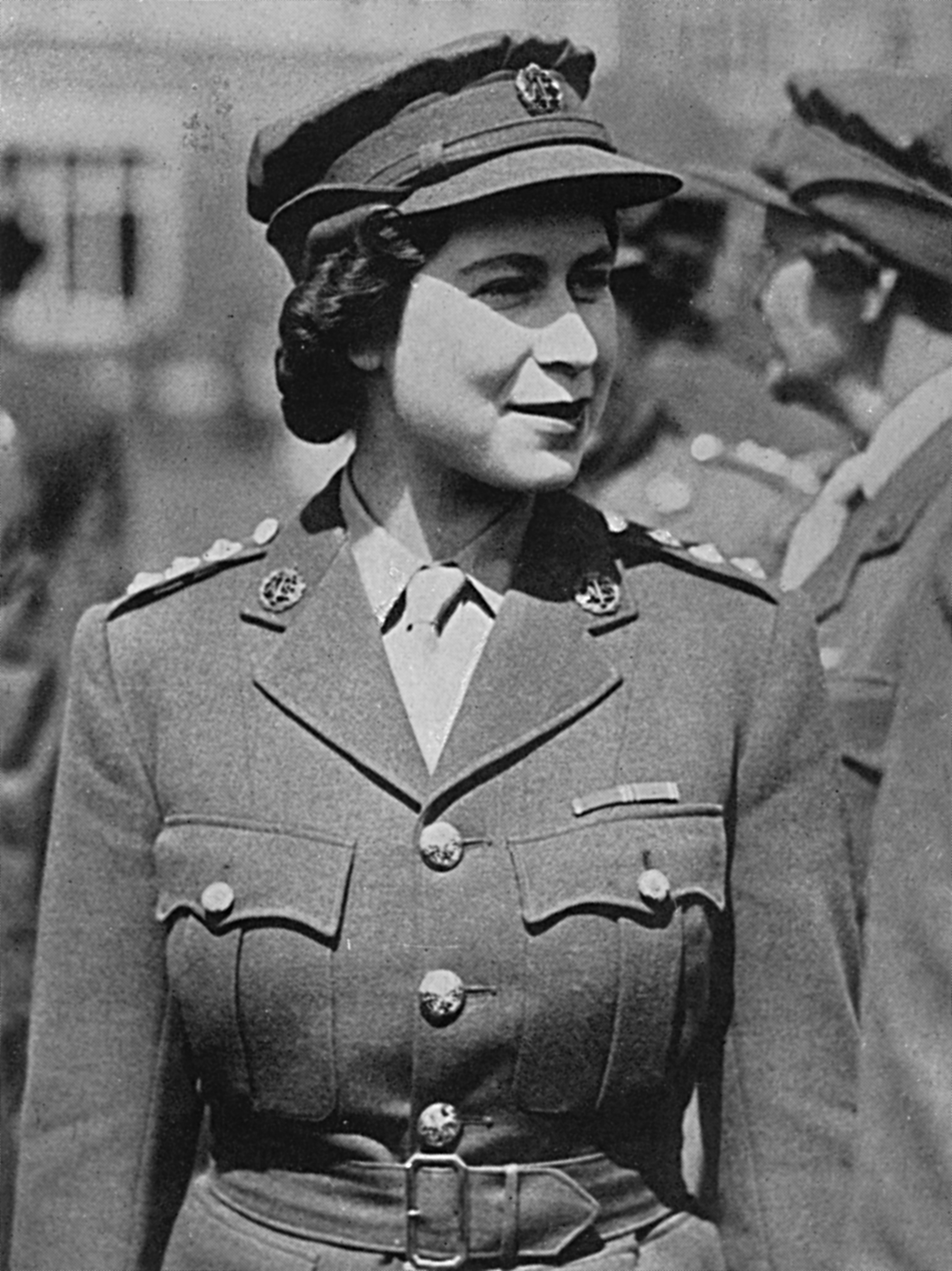
Prince George, Duke of Kent, worked first for the Ministry of Labour and then as Chief Welfare Officer of the Royal Air Force, touring civil defence installations, inspecting factories, viewing bombsites and visiting RAF bases. His wife, the beautiful Princess Marina of Greece and Denmark, worked as a nursing auxiliary at University College Hospital, London, and in 1940 became Commandant of the Women’s Royal Naval Service (the Wrens), bringing all her stylish elegance to the uniform (“No woman wants to wear a hat that makes her look unattractive, war or no war,” she maintained) and a human touch to inspections.
On 25 August 1942, six weeks after the birth of his third child, Prince Michael, the Duke left RAF Invergordon in Scotland in a Sutherland flying boat. In dense mist, at an altitude of 700 feet, the aircraft hit the side of a hill below Eagle’s Rock near Dunbeath, turned over and burst into f lames. Only one of the 11 people on board survived. The King and Queen were at Balmoral when he was called to the telephone to be told the dreadful news of his brother’s death. Prince Henry, Duke of Gloucester, served as Chief Liaison Officer with the British Military Mission.
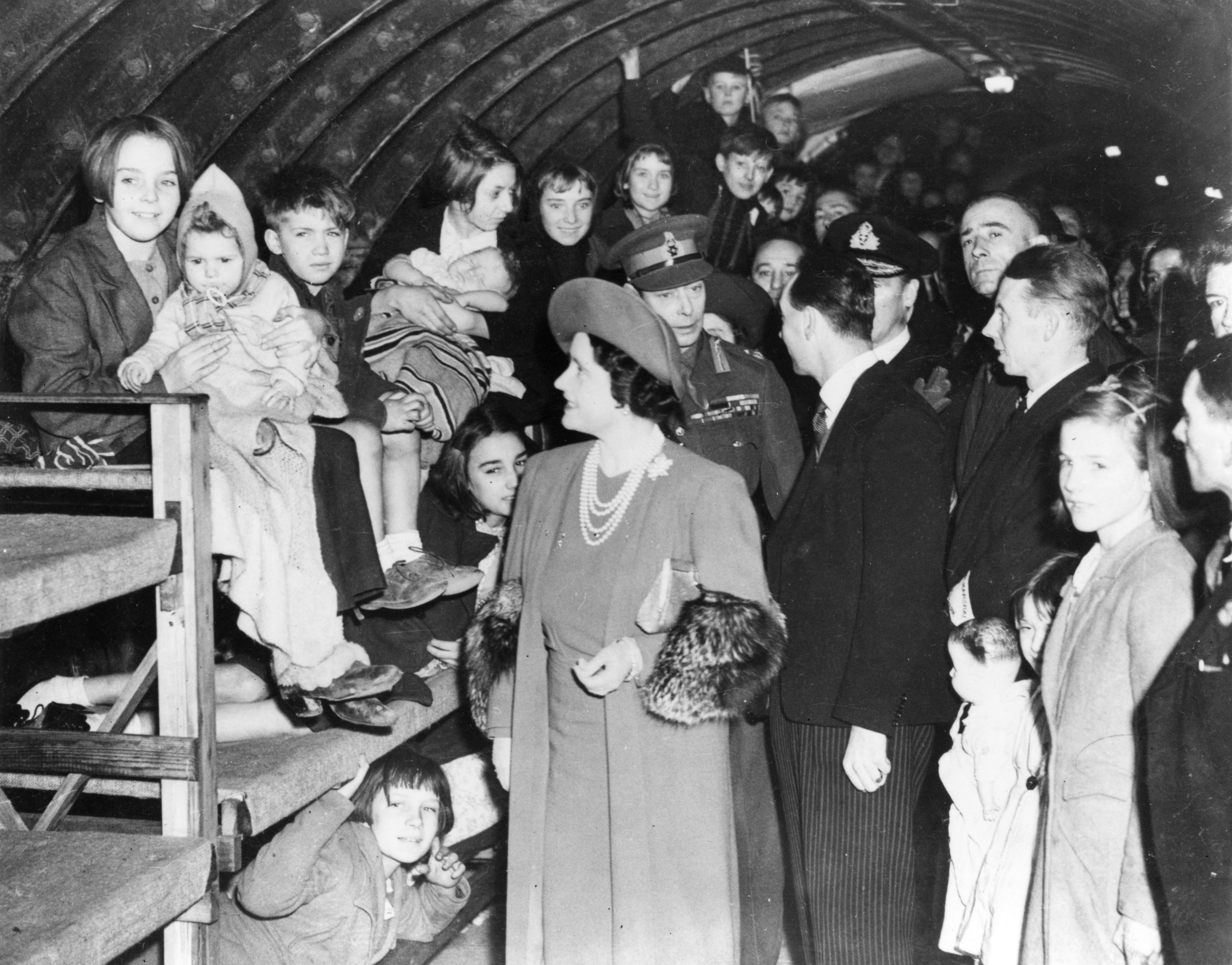
He later carried out several military and diplomatic missions to the Far East but, after the Duke of Kent’s death, he was prevented from undertaking any dangerous missions. In 1944, when Princess Elizabeth’s 18th birthday removed the possible need for a regency, he became Governor General of Australia. By the spring of 1945, Princess Elizabeth was desperate to play her part and The King finally permitted her to join the ATS. The very “brisk and hearty” Commandant Wellesley took the princess off to the depot at Camberley, Surrey, where No. 230873 Second Subaltern Elizabeth Alexandra Mary Windsor was registered and issued with a regulation khaki uniform and peaked cap.
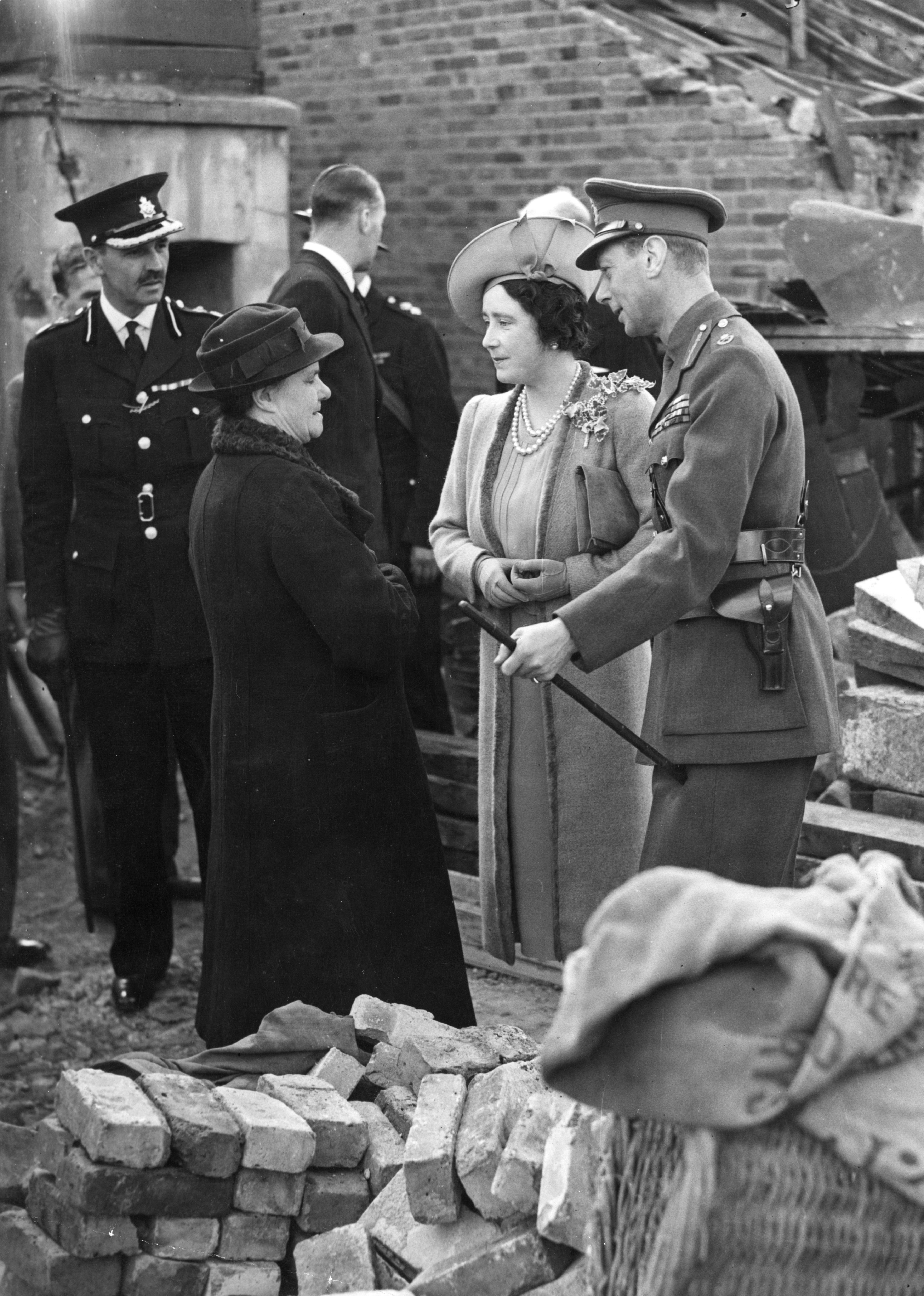
Every morning she was driven from Windsor to join the other girls going through the NCO course. She learnt to strip and service an engine, change a wheel, read a map and drive in convoy. When she took her final test, The King and Queen came to watch. Some weeks later she proudly drove her company commander from Aldershot to Buckingham Palace, driving twice round Piccadilly Circus, perhaps from exuberance or maybe unfamiliarity with the roundabout system. By then the war was nearly over. Germany’s unconditional surrender was signed on 7 May and a ceasefire was agreed. As the news trickled out, floodlights and loudspeakers were placed along The Mall and jubilant crowds flocked to Piccadilly Circus sounding rattles and hooters.
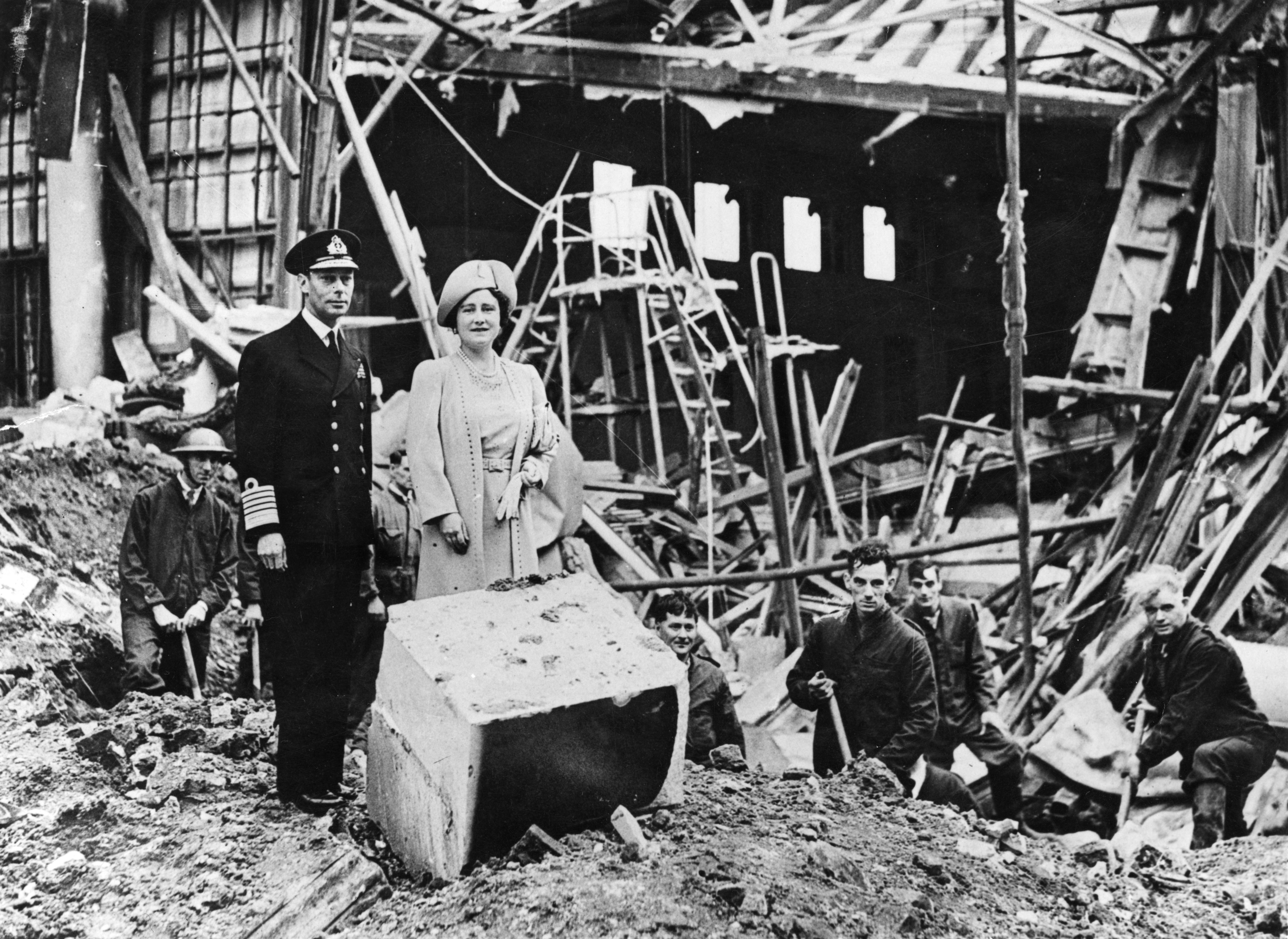
The announcement of victory would be made the next day. Victory in Europe Day, Tuesday 8 May, dawned fine and warm. The Prime Minister, Winston Churchill, made the official announcement at 3pm and nothing could dim the people’s rejoicing. Crowds converged on Buckingham Palace, climbing lampposts, mounting the tops of buses and shouting for The King and Queen. They were soon rewarded. The King and Queen appeared on the balcony with the boarded-up windows of the palace behind them, the red drapery over the balustrade adding some colour. “We went out eight times altogether during the afternoon and evening,” The King recorded. “We were given a great reception.” The sight of the uniformed King, The Queen in powder blue and their daughters (Elizabeth in her ATS uniform) sent the crowds wild. King George broadcast his victory speech that evening.
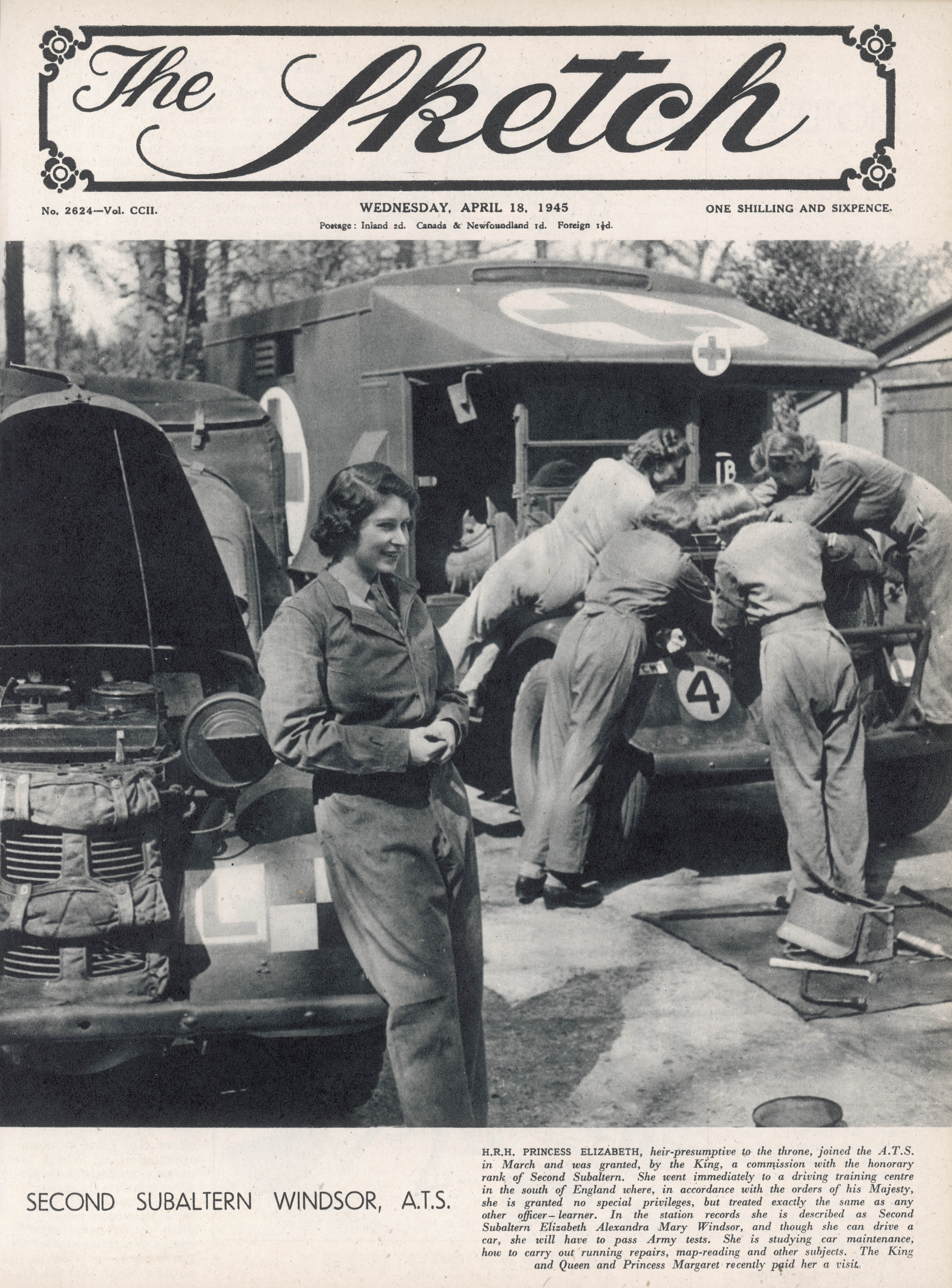
Although he had gone over the text several times with his speech therapist Lionel Logue, the strain of the last few years showed as the exhausted monarch spoke slowly and hesitated more than usual. He was, he said, “speaking from our Empire’s oldest capital city, war-battered, but never for one moment daunted or dismayed”. He paid tribute to the fallen and vowed they would turn to deal with the defeat of Japan with the upmost resolve. “But at this hour, when the shadow of war has passed from our hearths and our homes in these islands, we may at last make one pause for thanksgiving.” His words were greeted with more cheers and the singing of the national anthem as the street parties continued into the night. Later, with The King’s permission, the princesses slipped out of the palace to mingle with the celebrating crowds. “Poor darlings, they have never had any fun yet,” he wrote.
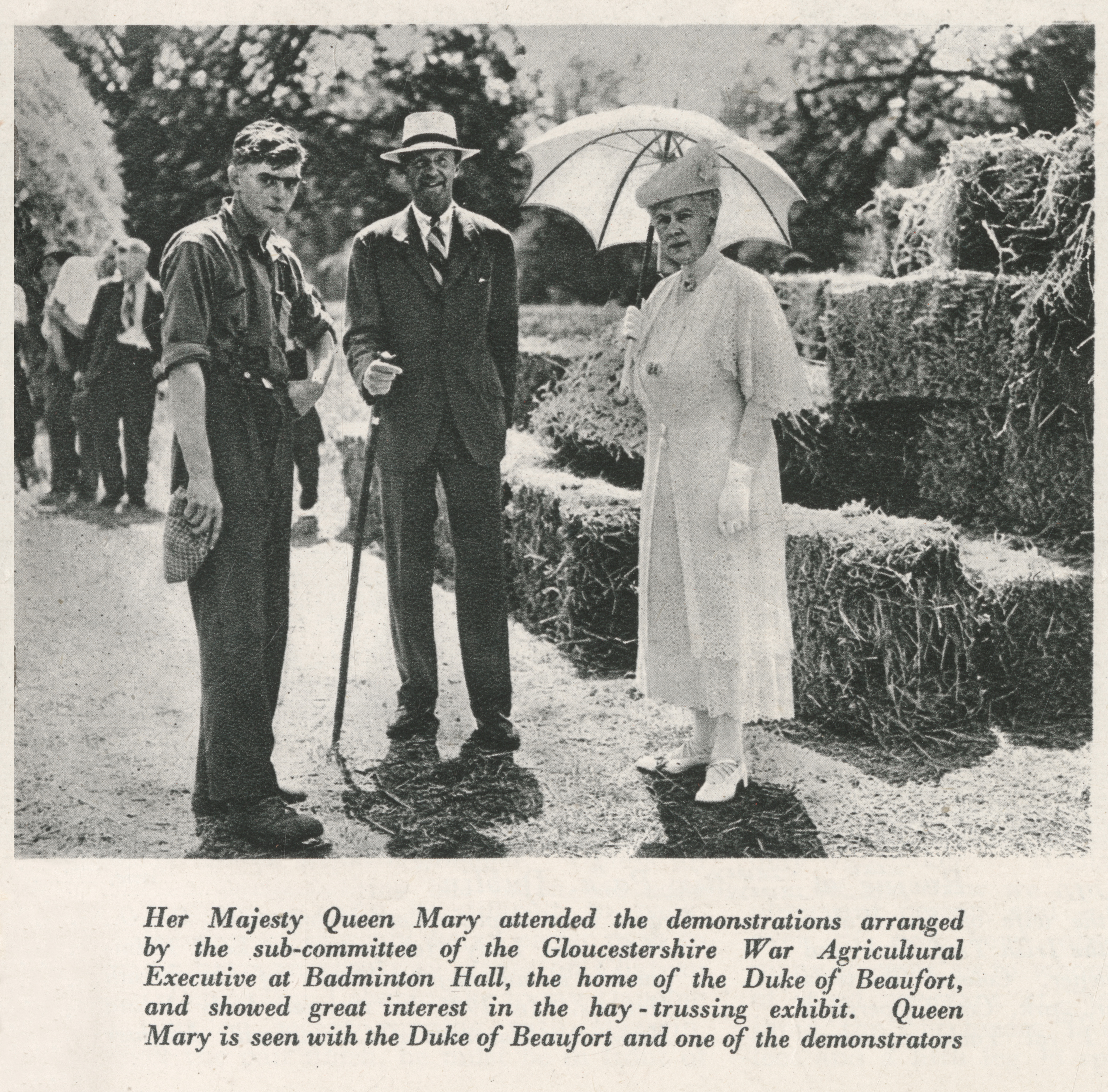
Among the party was their uncle David Bowes-Lyon (who Princess Margaret later said arranged it all), their French teacher and friend Toni de Bellaigue, cousin Margaret Elphinstone (later Rhodes) and several guards officers. One of them reprimanded Elizabeth for being improperly dressed when she pulled her ATS cap down to try to mask her identity. She was forced to pull it up properly. Years later, Margaret Rhodes recalled what fun the princesses had standing outside the palace railings shouting for The King and Queen and cheering when they appeared. Surrounded by excited crowds, the princesses then went up St James’s Street to Piccadilly, where they did the conga through the Ritz Hotel. David Bowes-Lyon jokingly knocked off a policeman’s helmet, then apologised, as the princesses ran off, “just in case we were caught”, Princess Margaret recalled. The contribution of the whole Royal Family throughout the war undoubtedly strengthened the bond between crown and people. “Everybody worked together,” Queen Elizabeth The Queen Mother said many years later. “We just tried to do our best.”
